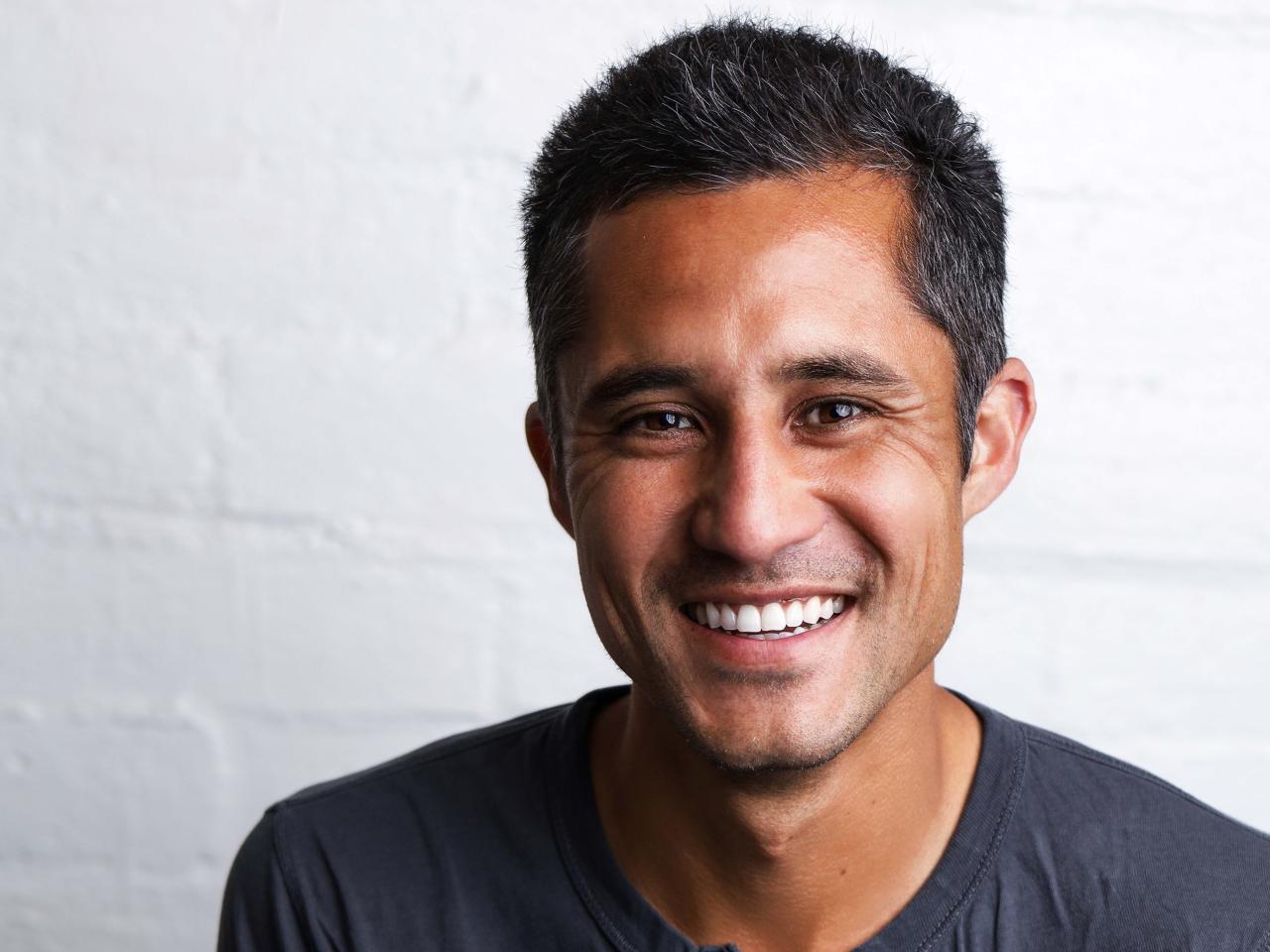Meet New Day: Myles Matsuno

I am a filmmaker born and raised in Los Angeles who is passionate about telling stories that carry meaningful and empowering messages. Growing up in a mixed household, (My father is Japanese, and my mother is Mexican), I was taught, at a very young age, to value education, inclusion, and art. The films I make revolve around universal themes that I personally value and can relate to.
First To Go focuses on my own family's history of incarceration in the Japanese Internment Camps in California. Japanese internment is often glossed over in our education system, and it wasn’t something that was discussed much in my own household. In my film, my grandmother recounts the story of her father's becoming the first Japanese prisoner taken by the FBI during World War II. Just hours after the bombing of Pearl Harbor on December 7th, 1941, he was handcuffed and arrested in his hotel in Japantown. As I weave together my grandmother’s story and stories of other family members, an intimate, stirring, emotional account of the impact that traumatic events can have across generations unfolds. The film also shows that love can blossom in even the darkest of places.
When I was growing up, my father had a blown-up, digitized copy of an article in the San Francisco Examiner dated December 8th, 1941 and titled “First S.F. Japanese Prisoner” on his wall. Diving into this story, asking questions, and having to educate myself on the subject, I found my great-grandfather’s story powerful and inspiring. Initially I wanted to capture my family’s history so I can pass it down for generations to come. I’m a Yonsei (fourth generation), and it felt important to capture my own family legacy. It wasn’t until two years into making this film that I saw the bigger picture for the film— one that would open doors around the country to have candid conversations about this tragic piece of American history with other Asian American communities and minorities who have suffered within the United States.
There’s a part in the film where my family is at my uncle’s birthday party, and I pass around my iPhone at the dinner table and ask each person to say something to the camera. It is a beautiful way to capture four generations together all at once. The film has inspired students to film their own generational stories. After seeing First To Go in a history class, one student started a project to tell the story of his own family immigrating from Mexico to the United States. My Alma Mater, Lee University, has included my film in a study on documentary filmmaking and issues of social justice. As the film continues to be shown in the classroom and at conferences, educators often mention the fact that their students find the film relatable because it personalizes the issues of discrimination and injustice.